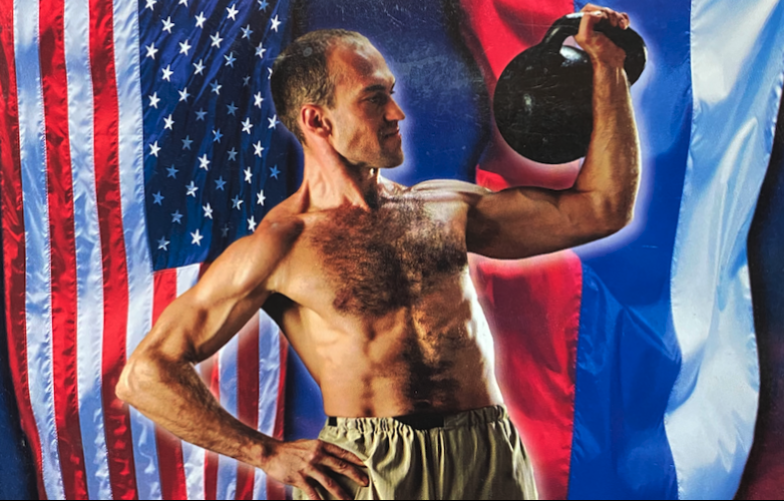
The Education of Chris Korfist: Chapter 3
Wrong Turns?
“Philosophy… consists chiefly in suggesting unintelligible answers to insoluble problems.” ~Henry Adams
Let me start by saying that I don’t get a lot of things. I don’t get U2 or Coldplay. “Breaking Bad” bored me and I quit after two seasons. I liked the early Star Wars movies even though the acting was bad. In and Out Burger is OK. I can’t figure out why people have Doodles for dogs. I play my guitars without a pick. I can’t drink beer. The list could go on and on for all of my other short comings and misunderstandings. I am sure my wife could write a book. With that said, I am not disagreeing with any of these ideas as some of them are foundations of others training philosophies. My attitude is… If they are working for you, that’s great! I couldn’t be more happy for you. In fact, maybe you could show me why they didn’t work for me. I call them wrong turns because I invested a lot of time and energy to try to make these things work for my program. But, in the end, they weren’t worth the time invested. How did I know? I started to measure things. I bought my first Brower timer. And why did I do that? I wanted to see if what we were doing was actually working. I was so deep into so many things. I had studied and learned so many different things. I had to find out what was working and what was not.
“Nothing in education is so astonishing as the amount of ignorance it accumulates in the form of inert facts.” ~Henry Adams
Olympic Lifts
Olympic lifts were my first wrong turn. I was present for the debate among early NSCA groups that debated whether or not to add them to the NSCA accepted exercises. This is back in 1990. Nebraska started to hang clean based on some supposed Russian research showing that their Olympic lifter could win a 10-yard dash against their elite sprinters. It may have been right there with the Russian extreme depth jump propaganda meant to screw up American coaches. Thanks to George Kennan’s “Long Telegram” back in 1946, we learned that shared Soviet information was actually misinformation designed to undermine, destabilize and erode all American systems. Soviet coaches also had a political coach, who’s job was to report “bad behavior”. Thanks again Dr. Lincoln.
I learned from some really good people, studied the journals, bought the bumper plates and built the platforms. The end result was not what I had hoped. The technique took forever to master. Logistically, it took up too much space. The really fast athletes weren’t my best cleaners, snatchers or jerkers. But, I didn’t give up. I wanted to trace back how the Eastern Block countries trained the Olympic lifts.
Pavel Tsatsouline
Dragon Door Publications was putting out all kinds of “outside the box” thinking materials and the face of their program was Pavel Tsatsouline. He checked all of the boxes, he was Russian (actually Belarussian like John Wick, and the Russians killed hundreds of thousands of Belarussians from the 20’s- the 50’s) Tsatsouline was also SPETSNAZ-trained with new ideas in training including the kettlebell, which was the foundation of Olympic lifts. Here was my answer as to why my Olympic lifting was not producing better results. Nothing is as daunting as trying to teach freshman how to Olympic lift. I bought the books, videos and took the classes. We were swinging, pressing, and doing that strange lunge with a twist and getting up in a Turkish fashion. The results were disappointing. Not only did we not see a change in sprint times but we didn’t see an improvement in our Olympic lifts.
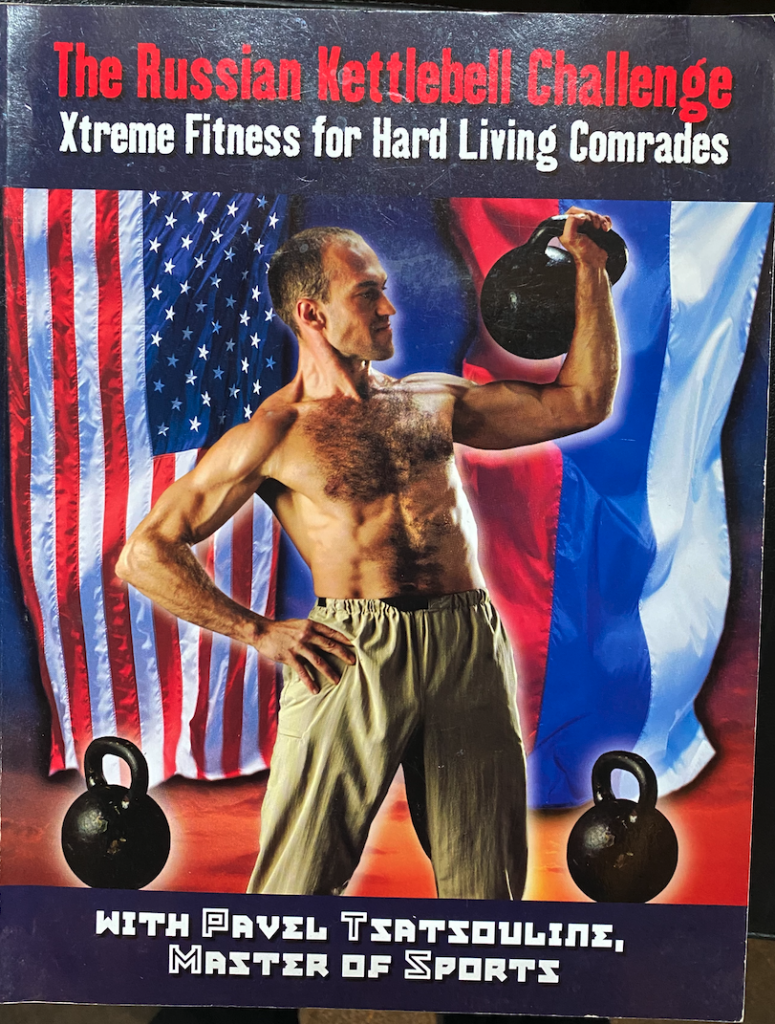
Paul Chek
I followed the same path with the Paul Chek stuff as well. I bought the videos, bought the equipment, and took the classes with Paul. I had kids doing squats on the Swiss ball with a kettlebell. We did all of the core stuff and in the end no positive correlation. I would put medicine balls in the same category as well. Seemed like a good idea, no change.
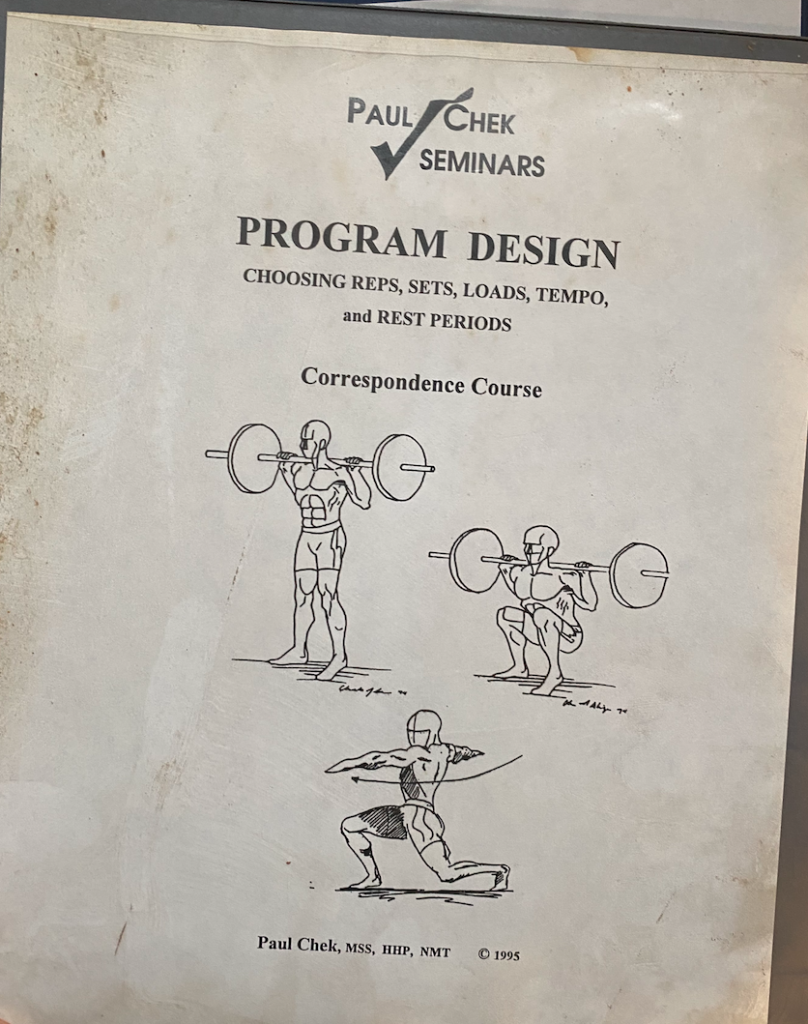
Now a lot of this could be my fault. I may not be a good coach. And I may have stretched the thought that something designed for the general population would have a carryover for a group of pretty decent high school athletes. From a marketing sense, “Gen Pop” sells a lot more content than a desperate high school football/track/strength coach. Maybe I was desperate or bored or I just liked to learn. As I accumulated books, seminars, and videos from all of the gurus of the day, I realized they were all very similar. Most people want someone else do the thinking for them. Nothing serves that purpose better than an expert giving a manual that has sets, reps and exercises.
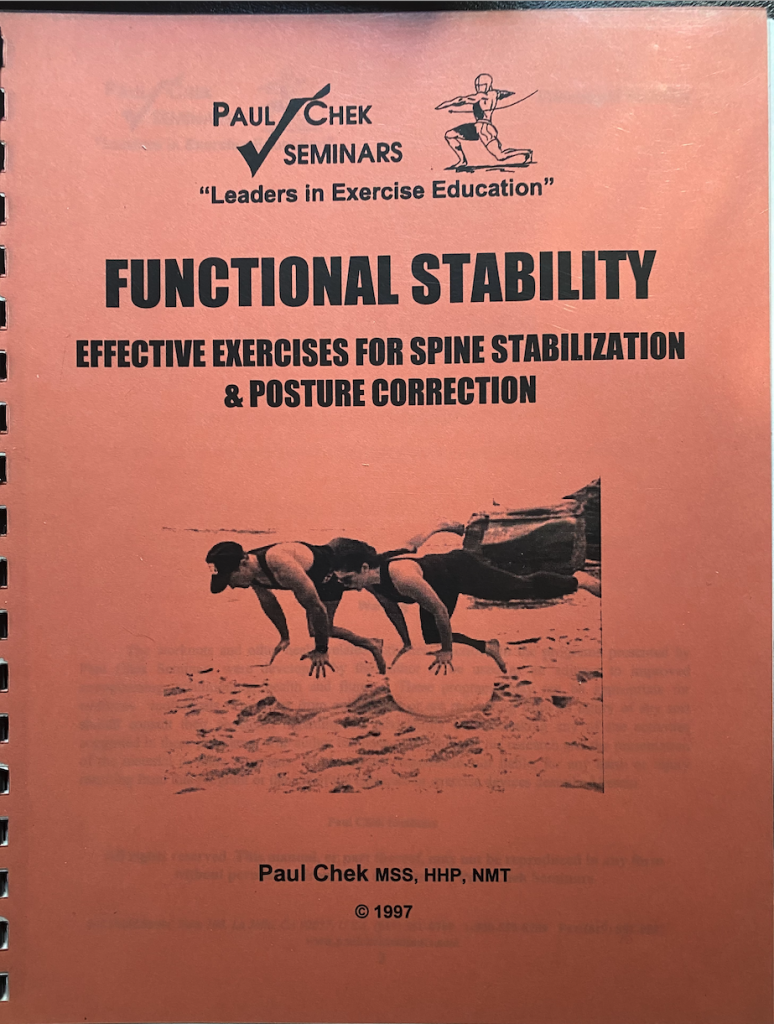
Barry Ross
Some people had good concepts by taking some hardcore science and creating something. Barry Ross of Bear Powered did that with Peter Weyand’s research. Dan Fichter and I had multiple meetings with Barry Ross, including a fancy dinner in downtown Naperville. The idea is that the more force you can put into the ground, the faster you can run. Even more accurate is the idea that your force per kilogram of bodyweight is a pure indicator of speed. This is a concept that I can accurately measure with my 1080 Sprint. In the thousands of athletes I have tested, this number has never deviated. The fastest athletes have the highest force per kilogram of bodyweight. Barry’s solution was to increase your deadlift. We tried it. It worked for a few but not most. Using the 1080, I can see problems with the deadlift idea. I have people who can pull a ton but can’t put it in the ground and vice versa. If so, JL Holdsworth could out sprint everyone. He pulled 804 at 275. In fact, there was a point when Louie sent me in another direction.
Their Satanic Majesties Request
Learning, watching, and studying different ideas can you a broader foundation on your art. Kirk Hammett of Metallica and Flea of the Red Hot Chili Peppers, two at the top of their game, are famous for taking music classes during their down time. Not that they will suddenly throw Thelonious Monk or John Coltrane into their next album but three notes may manifest themselves in a solo or a song. Or, without skiffle, Clapton, Page and Beck would have never created a new style of blues guitar and rock would have never evolved. Likewise, I have spent the last two days working with two professional sports teams with assessments. I learned a ton about their sports which may not manifest itself into a track workout but elements of which I had to reflect certainly may. A wrong turn isn’t really a wrong turn. If you can analyze what you study and with honest assessment and reflection, a wrong turn can move you further down the road.
Exercise selection is an art. Art is creating something with the resources you have at hand. It is a reflection of your interpretation of what should be. Pete Townshend and Jimi Hendrix had feedback from their large Marshall amps and turned it into a music form. David Gilmour understood the physics of music and used echo and delay to create his sound. And all of those sounds changed over time with new ideas. We do the same thing when we design workouts. We have a knowledge base, know our assets and liabilities, and most importantly, know our athletes. When we put those things together we create what we think is right. And sometimes it doesn’t work for us. The Beach Boys Pets Sounds begat The Beatles Sgt. Pepper. But The Rolling Stones Their Satanic Majesties Request was a a flop. The experimentation didn’t work for them. Did Stones learn from the album? I am sure they did.
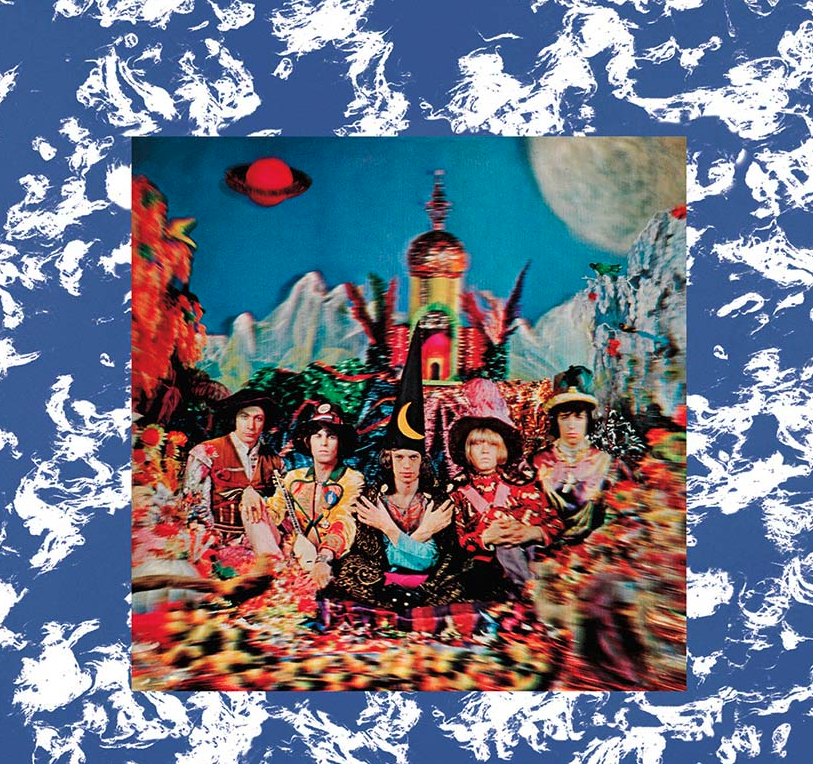
Sorry for all of the music references. During this down time, I decided to turn off all news sources, turn off the TV, and just listen to music, read and write. It’s given me the opportunity to explore new music.
With all of the programs mentioned in this article, the novelty of a new stimulus can elicit a positive response. But if you have a group for four years, that freshman of sophomore won’t benefit from it the second or third time around.
Without the foundation of making mistakes you really can’t learn. It taught me to look hard at data and solve problems.
+++
By Chris Korfist

Enjoyable read! I’ve gone on a similar Magical Mystery Tour relative to strength training: OLs in the 70’s, to “no L’s” for a span of time, to the DL’s (after Peter Weyand asked me to contact Barry), and then my last stage for a few years prior to retirement: “what the hells….” That last gig on my tour involved various things, kettle swings hex bar DLs, ballistic balls, and whatever else I could find that I didn’t need to go to the weight room to use.
What I’ve come away with is that the quest never ends (sorry, Barry…no Holy Grails).
Ask me now in retirement what I do know:
1)athletes who keep big wheels turnin’ but can’t beat the fast guys still have something that makes them feel good about themselves.
2) fast guys who can’t play the same heavy metal also feel good about themselves because they still keep their big bumper bros behind them
The speed game involves quest and question. That three letter difference is the key. It means to keep our “ion” something that might still be out there!
Thanks for sharing your journey!
Great historical review, Chris. Having been involved in strength training for over 30 years, it’s nice to see someone else that has been on the long road to strength training paradise. Starting with a DP dumbbell set, through programs in the classifieds of the magazines, Arnold’s books, Muscle Media, Poliquin, Chek, Simmons, Bompa, Russian manuals, Supertraining, and on and on.
Come to find out, the powerlifting guys want everyone to powerlift, the Oly lifters only see snatches and clean and jerks (I always doubted the need to Oly lift for every sport), to functional training, CrossFit (is it just me, or do CrossFit competitors all have the exact same build)?
My always sub-par bench press was frustrating, but my long arms sure helped playing basketball. Later on, I loved hearing about players like Kevin Durant and his poor weight room numbers, but he knew he could beat any of the gym rats on the court.
Different strokes for different folks. Now in middle age, it’s about enjoying the process and the challenge, and encouraging my kids to do the same. I try to keep it fun with the occasional test to keep it interesting, reminding my oldest that rarely is the strongest kid the best player (he’s in 8th grade and getting the urge to lift more).
I enjoy the content on the site and have been inspired to include more sprinting. Hope to get to a seminar soon. The journey continues….